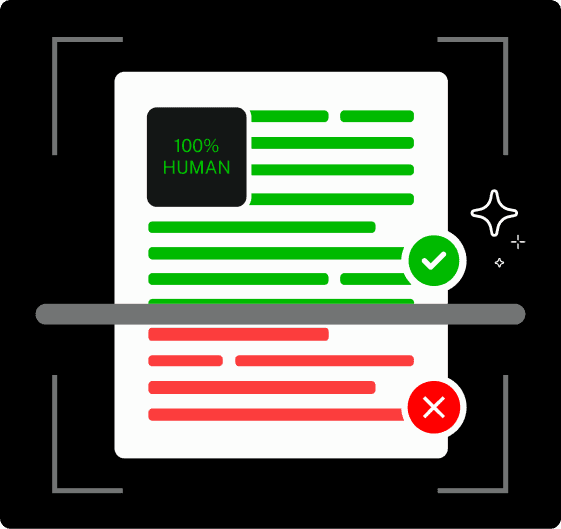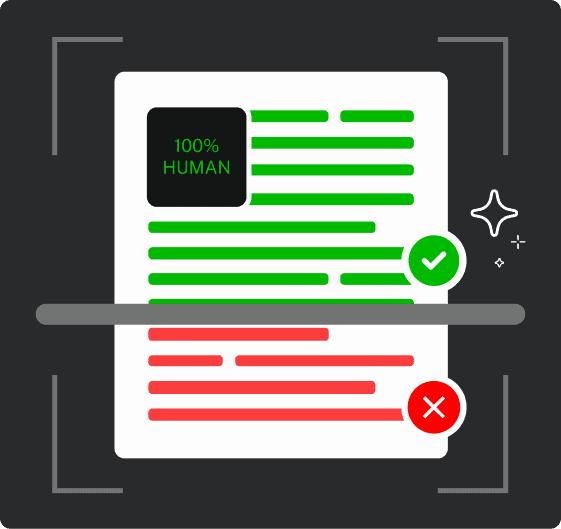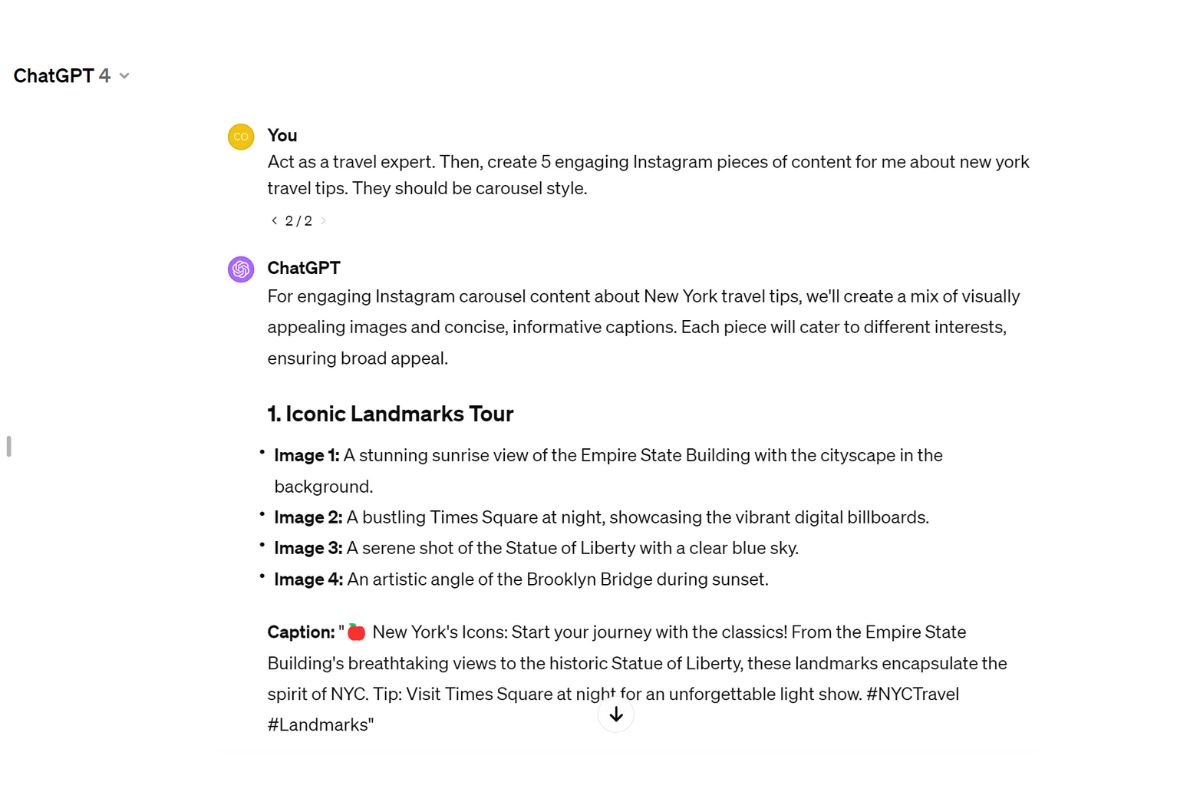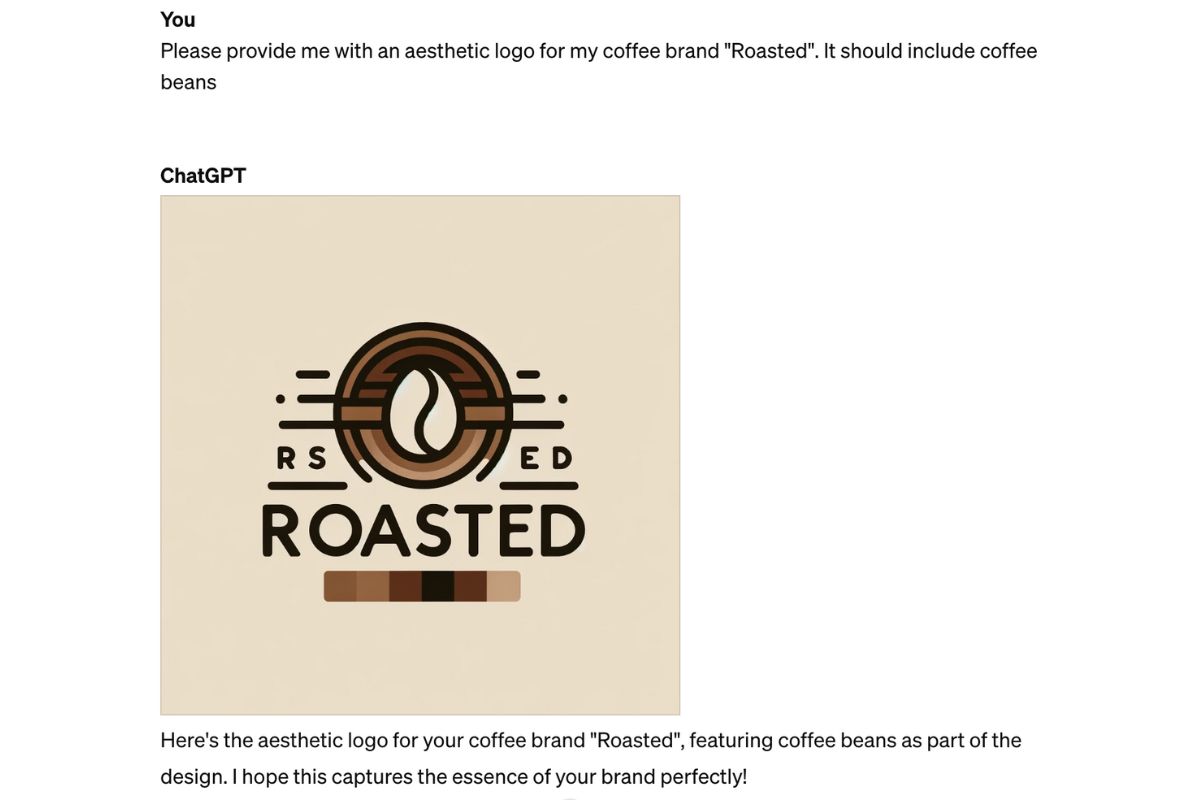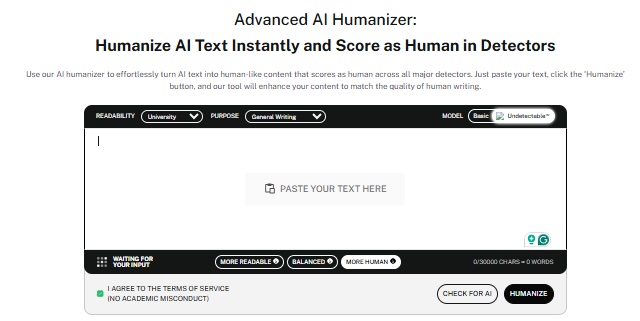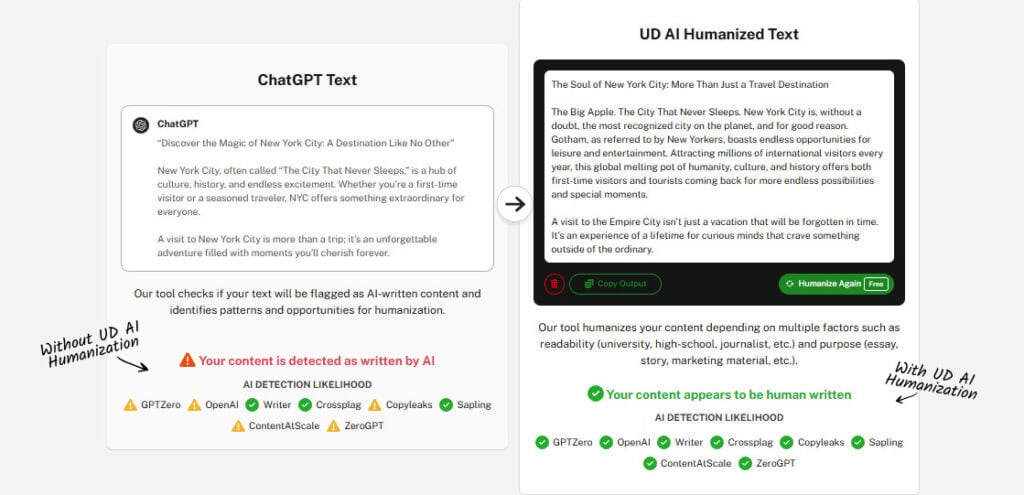AI content is transforming how we create and consume information online.
Tools like ChatGPT have become commonplace, offering practical solutions for automating tedious tasks and enhancing our content creation processes.
But what exactly is AI-generated content, and how does it work?
As of 2025, 88% of marketers are using AI tools to streamline content creation, highlighting just how widespread and integral AI has become in the industry.
Whether you’re a seasoned content creator or just starting out, understanding AI-generated content is crucial.
In this guide, we’ll explore how AI-generated content works, its various applications, and the advantages and challenges it presents.
Key Takeaways
- AI-generated content is created using machine learning algorithms trained on extensive datasets of human-written text, enabling the production of text, images, and videos that mimic human style and tone.
- Text generation is a prevalent application, with AI capable of producing articles, blog posts, and social media captions that closely resemble human writing.
- The primary goal of AI-generated content is to automate and enhance the content creation process, allowing creators to save time and focus on strategic and creative tasks.
- 58% of marketers reported using generative AI for content creation, citing enhanced performance, greater content diversity, and cost savings as key advantages.
- Human oversight remains crucial, as AI-generated content often requires refinement to ensure consistency, natural tone, and reader engagement.
What Is AI-Generated Content?
AI-generated content is content created with the assistance of artificial intelligence (AI) technology.
This type of content is produced using algorithms and machine learning models trained on vast amounts of human-written text.
It can encompass articles, blog posts, social media updates, product descriptions, and even music or videos.
Never Worry About AI Detecting Your Texts Again. Undetectable AI Can Help You:
- Make your AI assisted writing appear human-like.
- Bypass all major AI detection tools with just one click.
- Use AI safely and confidently in school and work.
For instance, Shopify store owners can leverage apps like Shopify AI Content Generator to automatically produce product descriptions, blog articles, and more.
The primary goal of AI-generated content is to automate and enhance the content creation process, enabling creators to save time and resources.
According to a 2025 report by CoSchedule, 85% of marketers are now utilizing AI tools for content creation, highlighting the significant shift towards AI-driven content strategies.
By employing AI in this manner, content creators can delegate repetitive tasks to algorithms, allowing them to focus more on strategic and creative aspects of content development, such as editing and post-production.
How Exactly Does AI-Generated Content Work?
AI-generated content works by leveraging machine learning algorithms that are trained on vast datasets of human-written text.
The algorithms analyze the language patterns, grammar, syntax, and word choices in the training data, enabling them to generate original content that closely resembles human-generated content in terms of style and tone.
When provided with a prompt or topic, the AI software uses the trained data and its comprehension of language to generate new content.
AI-generated content can be customized to meet specific requirements, and it is capable of being produced quickly and efficiently.
For example, if you want to create content for your Instagram page, you can quickly do that by simply asking the AI, which in this case, we used ChatGPT:
The Main Types and Applications of AI-Generated Content
AI-generated content can have various forms.
Each of them plays a key role in streamlining the content creation process and enabling content creators to deliver engaging and visually appealing content to their audiences.
Here’s a few types and examples of it:
Text Generation
Text generation is a common application of AI-generated content.
AI algorithms can produce articles, blog posts, social media captions, and other written content that closely mimics human writing.
By analyzing vast amounts of text data, these algorithms utilize approximately 1.76 trillion parameters to learn and replicate human authors’ writing styles and tones, producing text that closely mimics human-written content.
This technology helps to automate the creation of large volumes of high-quality, on-brand content, especially when you use good prompts that are customized.
Image Generation
AI-powered image generation is another powerful tool in content creation. AI image prompts can produce unique and visually appealing designs for logos, graphics, illustrations, and other visual content.
These algorithms analyze user inputs or predefined templates to generate images that meet specific requirements.
Here’s an example of ChatGPT again, generating visual content:
In addition to creating images, you can also use an image extender to refine your creations.
It’s important to optimize them for web use to ensure fast loading times and improved user experience.
Services like ShortPixel can help with this by using AI to compress and optimize images without sacrificing quality, making them more efficient for online platforms.
Video Generation
AI clip maker tools can automate the video creation process by combining text, images, and audio elements.
With the help of text-to-video AI generator tools, these tools can transform written content into dynamic videos, making it easy to produce slideshow videos, promotional videos, or explainer videos using either pre-existing assets or newly generated content.
A good example of this is Sora, which can create videos for brands by using simple prompts:
By streamlining the video creation workflow, AI empowers businesses to efficiently produce professional-looking videos that effectively convey their message.
What are The Benefits and Challenges of AI-Generated Content?
Here are the main advantages and challenges of AI content you should know before using it in your workflow:
Advantages of AI Content
One of the key advantages of AI-generated content is the increased efficiency and scalability that AI brings to the content creation process.
By automating repetitive tasks, AI allows content creators to save time and focus on more strategic and creative endeavors.
This improved efficiency translates into higher productivity and the ability to produce a larger volume of content in less time.
Another significant advantage is AI’s ability to analyze search trends and user behavior.
With this information, AI algorithms can generate content that aligns closely with search intent, resulting in improved organic visibility and increased traffic to websites created by AI or professionals.
By tailoring content to meet the needs and preferences of target audiences, AI-generated content enhances engagement and drives better results.
Challenges of AI Content
While AI-generated content offers many benefits, it also presents challenges and limitations that need to be considered.
One challenge is that AI algorithms sometimes struggle to capture the depth, nuance, and authenticity that human-created content possesses.
This can result in AI-generated content receiving lower engagement and conversion rates than content created by humans.
A 2025 survey by Rutgers University found that 48% of Americans trust AI-generated information, while 62% trust content produced by mainstream journalists, indicating a preference for human-created content.
Another challenge is the risk of producing low-quality or duplicate content.
AI algorithms may generate content that lacks originality or fails to meet quality standards, which can negatively impact search rankings and harm brand reputation.
Maintaining a balance between leveraging AI for content creation and ensuring high quality is crucial for successful implementation.
What AI-Generated Content Means for Content Creators
The integration of AI-generated content has had a profound impact on content creation, providing significant opportunities for content creators to enhance efficiency, scalability, and productivity.
According to a 2025 report by Influencer Marketing Hub, 88% of marketers now incorporate AI into at least one part of their content strategy — a shift that has enhanced, not replaced, human creativity.
By taking over repetitive tasks, AI allows content creators to devote more time to strategic and creative efforts, therefore streamlining workflows and enabling the production of more content without sacrificing quality.
The use of AI in content creation has reshaped traditional processes by automating tasks such as data analysis and generation of content based on templates.
These tools offer insights and analysis capabilities that aid in refining content strategies and decision-making, allowing creators to tailor their content more closely to audience search intent and behaviors.
The result is content that is not only more relevant and engaging but also more likely to enhance organic visibility and drive website traffic.
However, the rise of AI-generated content also requires content creators to adapt and evolve.
It’s crucial to understand how to effectively incorporate AI content generators into existing workflows, recognizing both their potential and their limits.
AI cannot emulate the depth of human creativity, storytelling, or emotional connection, which means creators have the opportunity to sharpen these irreplaceable skills.
At the same time, AI can serve as a source of inspiration, suggesting new ideas or innovative approaches.
By combining AI tools with human creativity, content creators can produce distinctive and impactful content, marking a significant shift in how content is created.
Embracing AI tools enables content creators not only to enhance their creative abilities but also to achieve greater efficiency and produce content that resonates more deeply with their audience.
Can You Detect AI-Generated Content?
With the constant advancement of AI-algorithms, detecting AI-generated content can be challenging but is not impossible.
Various techniques and tools can help identify AI-generated content.
These include analyzing language patterns, checking for inconsistencies or errors, and using machine learning models to differentiate between human and AI-generated content.
One of the best ways to do that without manual work that takes a long time is with AI detection tools.
You have to use these tools in your workflow because otherwise, if you put out AI detected content, you can suffer algorithmic penalties from Google and social media, disengagement from users, academic consequences, and more.
A variety of AI content detection applications are available, but Undetectable AI stands out as one of the leading options, being rated “#1 Best AI Detector” by Forbes.
For additional assurance — especially when verifying whether content is authentically human-written or AI-generated — TruthScan offers another powerful detection solution.
It’s designed to support journalists, educators, marketers, and compliance teams with real-time content verification across text, images, and media formats.
Whether you’re flagging questionable claims or ensuring editorial integrity, TruthScan helps maintain trust in the content you publish.
To use it is simple. Input your AI generated text in the tool, click “Check for AI” and it will give your results back:
But what do you do when the content is detected? You then need to go and humanize it.
How to Humanize Your AI Content and Avoid Penalization
There are several techniques content creators can employ to humanize AI-generated content:
- Personalize with your brand’s voice and tone
- Incorporate personal stories and anecdotes
- Integrate testimonials, reviews, or customer stories
- Strive for authenticity
- Change words and paraphrase it
However, manually humanizing AI content is time-consuming, which can undermine AI’s efficiency benefits.
To save time, you can use AI humanizing tools like Undetectable AI.
To do that, after you detect your AI content, you can simply click on “humanize” and the the tool will give your content back with perfect human-scores on AI detection tools:
The tool is capable of handling up to 10,000 characters at a time.
It utilizes detection bypass algorithms to refine the content, and quickly delivers content that reads as if written by a human, making it undetectable by AI detectors.
This method helps to streamline the humanization process, ensuring your AI-generated content retains a personal and authentic touch efficiently.
Ready to experience the difference? Try the Undetectable AI widget below quickly and easily (English only). Just Input your text and see how it can transform your writing!
Final Thoughts
It’s clear that AI-generated content is making waves in the content creation world, improving efficiency and allowing creators to focus on the bigger picture.
It’s not just about mass producing articles or videos but instead enriching content with diverse and engaging materials.
That being said, these advancements in technology come with challenges. The key lies in ensuring the content doesn’t lose the human touch that connects with audiences.
If you’re looking to add a human touch to your AI-generated content, Undetectable AI offers a simple solution to humanize your content effortlessly, ensuring it comes across as authentic and goes undetected.
Begin transforming your AI content with Undetectable AI by humanizing your text for free today.

